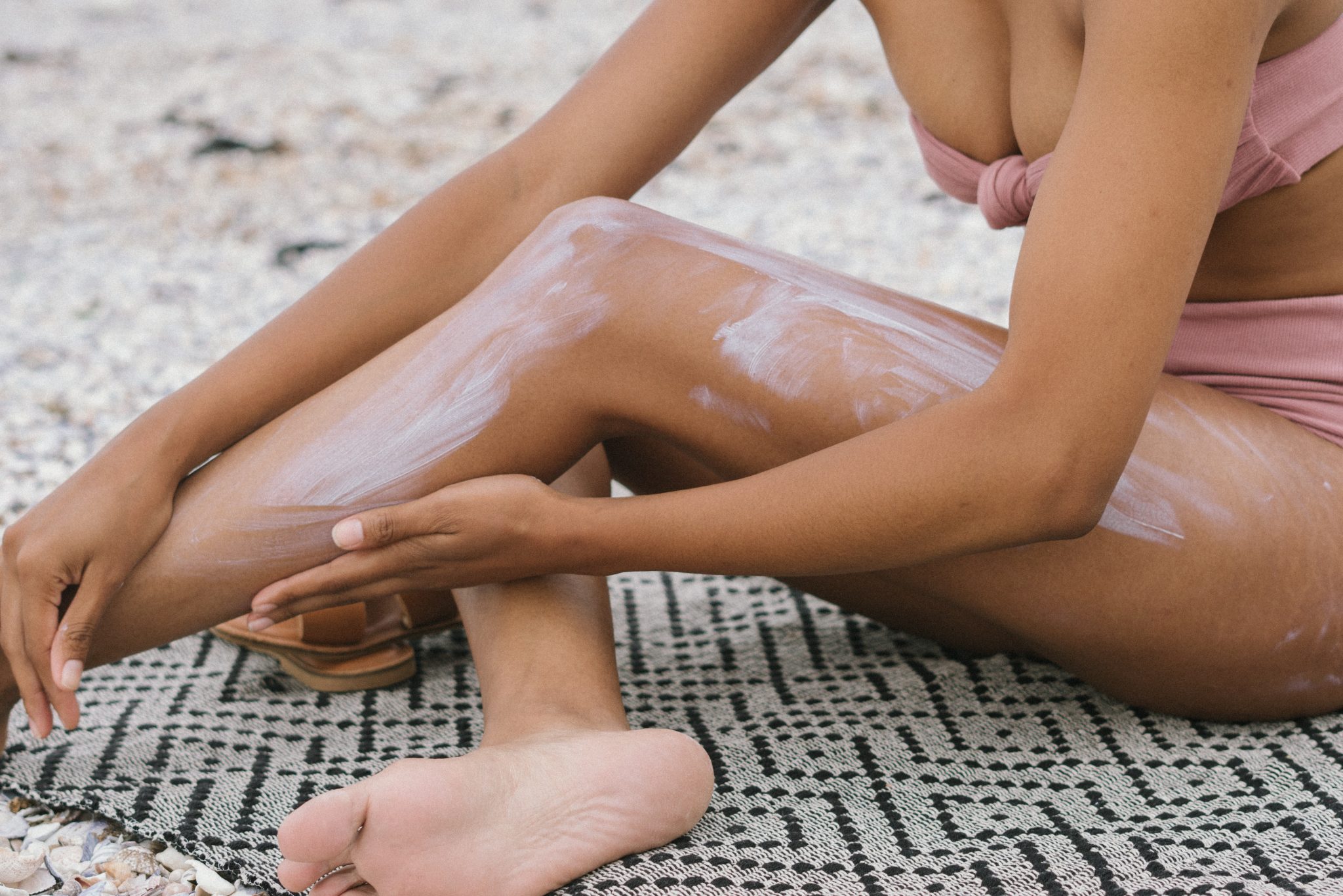3 Tips To Manage Varicose Veins
The treatment of varicose veins is a procedure that will require a high level of expertise and care from an appropriate medical center and sufficient resources from the affected individual. Studies have shown that 60% of patients who undergo treatment for varicose veins experience a resurfacing of the condition. This has caused more people to seek other methods of regulating the effect of the condition. Therefore, this article will look at three tips for managing varicose veins with further insight into their practical applications, benefits, and issues.
It is important to note that patients choose to manage varicose veins instead of actual medical treatment for several reasons, including lack of adequate finances or the condition has gotten to a point where medical treatment is no longer a viable option. On the other hand, a patient may refuse to seek medical treatment because their condition is not one of a severe nature, i.e., it only manifests as a discoloration on the skin without the symptoms of pain and physical discomfort. That being said, the following are tips for managing varicose veins;
1. EXERCISE
The importance of regular exercise to improve a person’s physical well-being cannot be overstated, and this extends into the realm of alternative treatment for specific conditions. In the case of varicose veins, regular exercise encourages better blood flow in the legs, which helps to push along the blood collected in the veins. It is also important to note that exercise also reduces the patient’s blood pressure, which is another contributing factor to varicose veins. Low impact exercises also to get the calf muscles working without excessive strain and examples of such exercises include the following;
Swimming: This is very practical because it can be performed at home in indoor swimming pools or local streams and rivers approved for recreational swimming.
Walking: Simply taking a stroll repeatedly around the same area at a steady pace will ensure that the patient’s legs get adequate blood flow into them. Additionally, walking will limit the stress on the joints.
Cycling: Using a bicycle to cover a reasonable distance will increase blood flow into the legs. This is because the constant upwards and downwards motion of the bicycle’s legs is guaranteed to get the desired result.
Yoga: As an activity that includes physical movement and a variety of body postures, yoga is a guaranteed means of ensuring adequate blood flow to the legs.
BENEFITS
The advantages of exercise in the prevention and management of varicose veins are numerous, and these include but are not limited to, the following:
1. It can increase the ability of the body to pump blood from the leg back toward the heart
2. It helps to reduce and keep bodyweight down, which goes a long way towards slashing varicose veins’ chances.
ISSUES
As with all forms of treatment, there are potential problems that can arise due to certain factors. Concerning exercise as a form of treatment for varicose veins, some of the issues include the following;
- Bicycling is a good vein exercise technique. Still, extensive cycling techniques should not be encouraged because this makes bicyclists vulnerable to a kind of varicose vein known as the perforator vein. The human legs have 150 perforator veins, and they come under pressure when cycling as a lot of pressure is placed on the calf muscles, which causes blood to be pushed back to the heart. Unfortunately, the pressure is too much for the valves in some cases, causing them to fail. This can be avoided by being cautious when riding and not pushing the body too hard, especially if it already has varicose veins.
- Not all forms of exercise are appropriate for the treatment of varicose veins. Some have even been known to worsen the condition. To avoid such complications, patients must avoid specific exercises such as lifting weights, squatting, and even some yoga poses.
2. COMPRESSION STOCKINGS
By definition, these are specialized wear made to prevent the occurrence of and guard against the continuous spread of venous disorders. These stockings’ function is worth noting as they compress the surface veins, arteries, and muscle allowing blood to circulate through narrower channels. This causes an increase in the arteries’ pressure, resulting in more blood returning to the heart than pulling at the feet.
The practical effect of the compression socks is that it decreases the veins’ pressure and the impairments of the venous walls. The result is that the pain and discomfort of weak and aching legs are relieved.
BENEFITS
The benefits of compression socks include the following;
- It boosts the circulation of blood in the legs
- It ensures that more blood gets to the heart
- It goes a long way in easing the pains that are caused by varicose veins
ISSUES
Common issues associated with compression socks include the following;
- If compression socks are not used correctly, there is a possibility of nerve injuries.
- There is a possibility that if the appropriate compression sock is not used concerning the condition’s specific nature, there will be further complications. An example of this is given in a 2014 article by the Canadian Medical Association Journal where it stated that if a patient has an impaired arterial flow, using compression stockings can worsen the blood supply to the heart muscles or result in inadequate oxygenated blood flow
PROPER CHOICE OF CLOTHING AND ACCESSORIES
Concerning varicose veins, patients should select clothes that will not complicate their already existing condition. In line with this, patients are advised to wear low heeled shoes instead of high heels as the former encourages the calves to work more. Additionally, clothes that are not tight around the waist, thighs, or ankles are encouraged as they allow for increased blood flow instead of tight-fitting wears like tight elastic socks and skinny jeans.
BENEFITS
1. Loose fitting clothes encourage increased blood flow
2. Clothes of a more comfortable nature ensure that there is less strain on the body. This means that the clothes will ease the pain that comes with varicose veins.
3. The appropriate clothing choices go a long way in preventing the occurrence of varicose veins.
ISSUES
It is important to note that there are no adverse effects of wearing the appropriate clothes to manage varicose veins.
CONCLUSION
The management of varicose veins has been a procedure that has been consistently used as an alternative when medical treatment is not entirely necessary. Not only is it efficient and easily practicable, but it also puts little financial strain on the patient.
In applying tips for the management of varicose veins, patients need to discover and use only those they are comfortable with and are patterned to resolve the specific nature of the condition they are experiencing. The consequence of not doing so would mean that other issues that may otherwise have been avoided may arise.
It is important to note at this juncture that patients are encouraged to seek medical assistance and advice in their attempt to decide on what measures to take to manage and, to a more considerable extent, prevent varicose veins.





